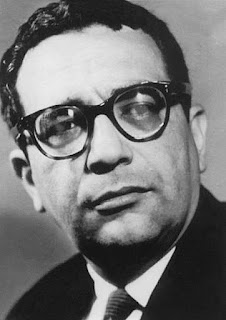Shirley Verrett

On this day in 1931, the internationally renowned opera singer and concert recitalist, Shirley Verrett was born. Listen to her perform Minué Cantado ( Sung Minuet ) by the cuban composer Joaquin Nin live from her Carnegie Hall Recital in 1965 with Charles Wadsworth: DHM YouTube Playlist Verrett was raised by her recently converted Adventist parents in New Orleans. Her father, Leon Verrett wished that his daughter become a recitalist in the tradition of Marian Anderon or Dorothy Maynor. In an effort to escape the overt racism in the south, the Verrett family packed up their lives and moved to Oxnard, California in 1943. In 1948, at her father's encouragement, Verrett entered and won a preliminary round of the Atwater Kent Vocal Competition. She was heard by the celebrated baritone John Charles Thomas who offered her the opportunity to study voice with the celebrated soprano Lotte Lehman at the Music Academy of the West, but Verrett turned down the offer. From 1951 Verrett sold rea




